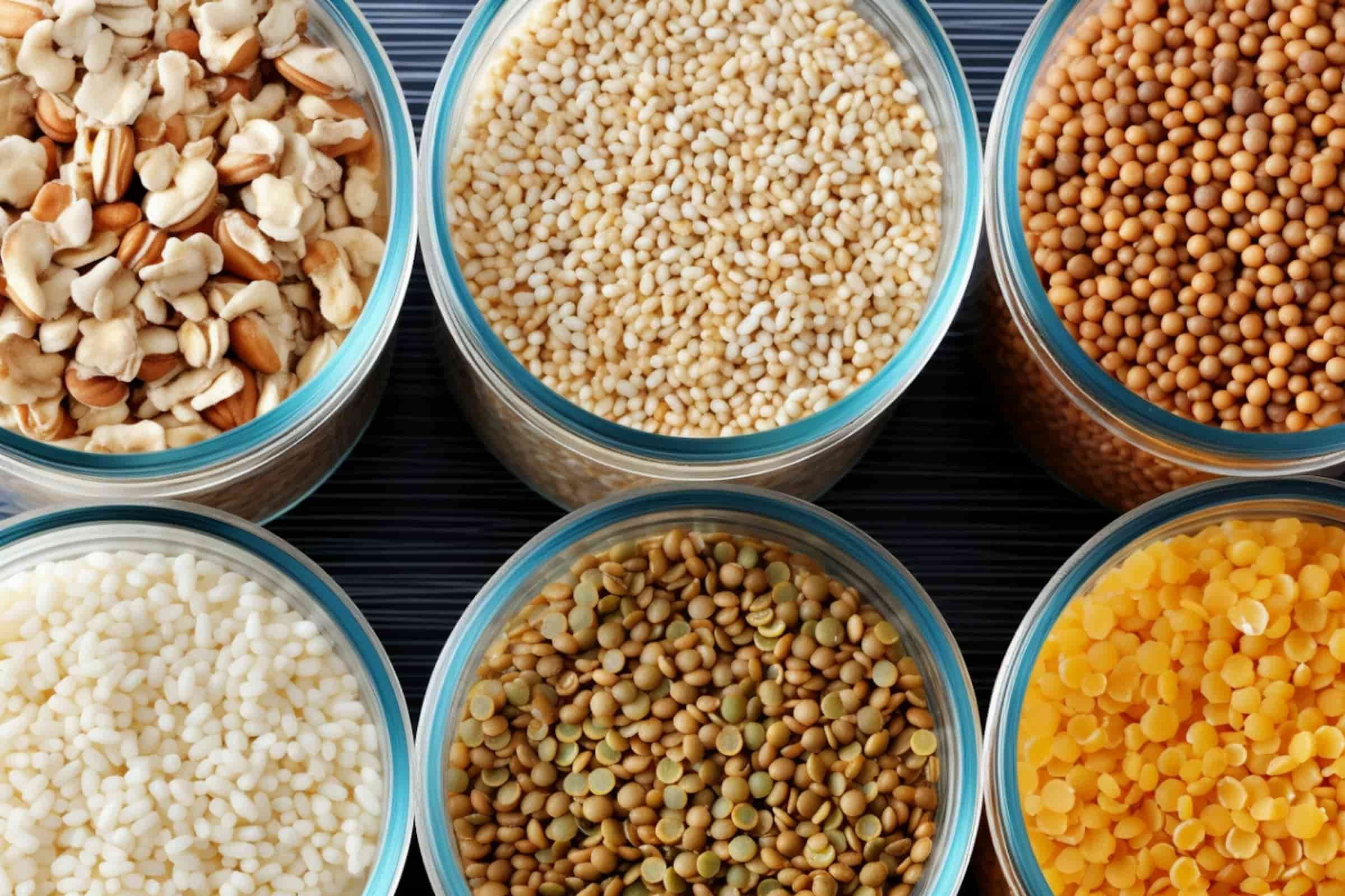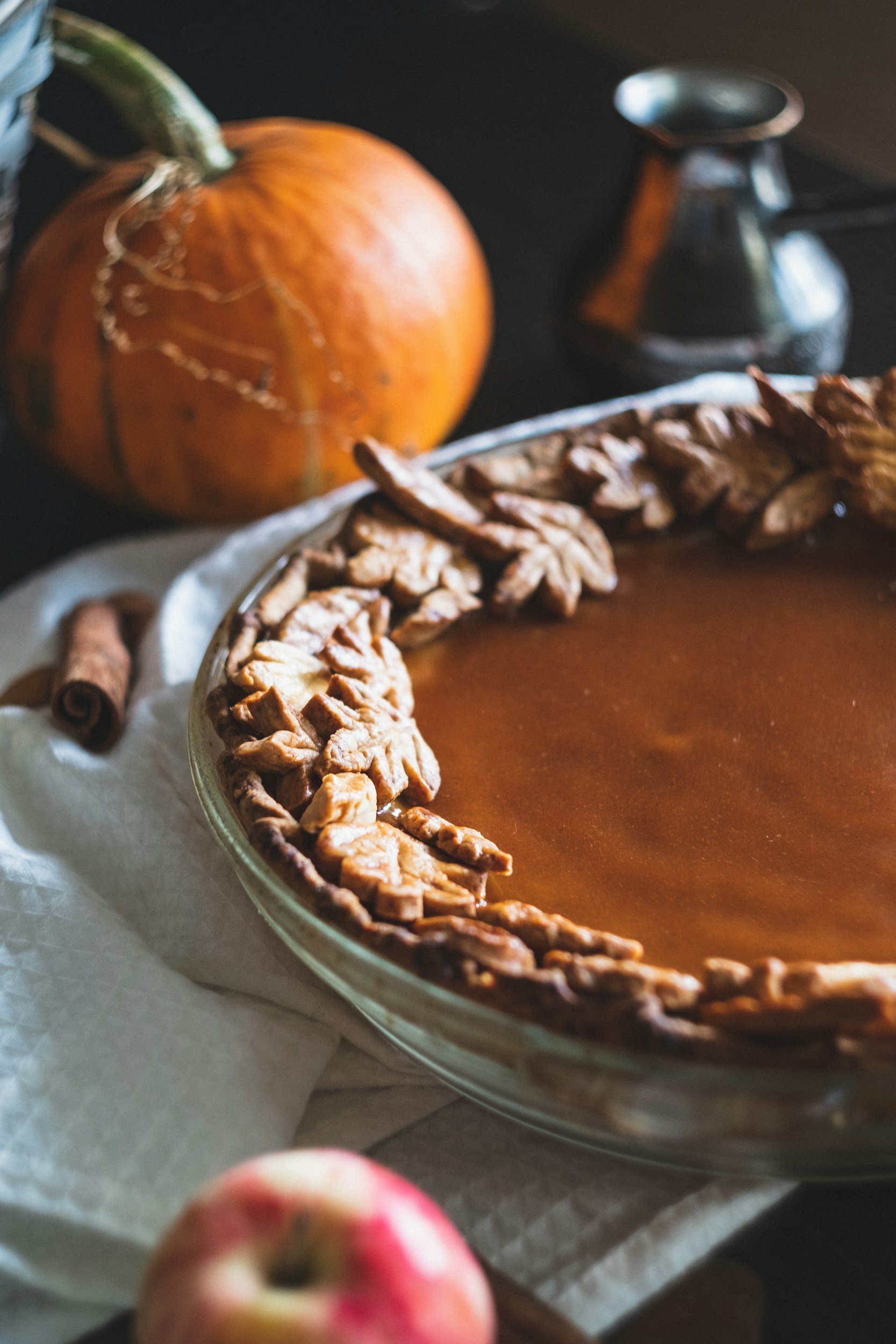
Resistant starches are a fascinating type of carbohydrate that, unlike regular starches, resist digestion in the small intestine. Instead, they pass to the large intestine, where they function more like dietary fiber, providing a range of health benefits. From improving blood sugar control to enhancing gut health, resistant starches have a significant impact on metabolic wellness. Foods like potatoes, rice, and even frozen bread can be rich in resistant starch! Learn how this unique starch can support your health and how simple food prep changes can boost its benefits.
What Are Resistant Starches?
To understand resistant starches, we first need to examine regular starches. Starches are complex carbohydrates found in many foods, particularly grains and vegetables. When we eat foods containing regular starches, our digestive system breaks them down into simple sugars, which are then absorbed into our bloodstream.
On the other hand, resistant starches are a unique type of starch that resists digestion in the small intestine. Instead of being broken down and absorbed, they pass through to the large intestine (colon), where they act more like dietary fibre. This resistance to digestion gives these starches their name and unique properties.
The Science of Starch Transformation
The journey from regular to resistant starch is fascinating, involving intriguing food chemistry. Let’s break it down:
-
Gelatinization: When starchy foods are cooked, especially in water, the starch granules absorb water and swell. This process, known as gelatinization, makes the starches easier to digest. In bread-making, for example, the oven’s heat causes the flour’s starch to expand and gelatinize, contributing to the soft, fluffy texture we love.
-
Retrogradation: Here’s where it gets interesting. When these gelatinized starches are cooled, they undergo a process called retrogradation. As the starch molecules reassociate, they form tightly packed structures more resistant to digestion, creating what is known as resistant starch.
-
Temperature Effects: The rate and extent of retrogradation depend on temperature. Freezing is particularly effective at promoting resistant starch formation. The rate of starch contraction is nearly twice as fast in the freezer as in the refrigerator, leading to more resistant starch formation.

The Freezer Effect: Turning Bread into a Resistant Starch Powerhouse
Now that we understand the basic science let’s look at how this applies to the trend of freezing bread. When you freeze a loaf of bread, several things happen:
-
The gelatinized starches in the bread undergo rapid retrogradation due to the freezing temperatures.
-
This process increases the amount of resistant starch in the bread.
-
Freezing also traps water in the bread, helping to keep it fresher and softer than if you stored it in the fridge (where it would lose water and go stale more quickly).
The Health Benefits of Resistant Starch
So, why should we care about resistant starch? As it turns out, this unique form of carbohydrate offers several potential health benefits:
-
Blood Sugar Control: One of the most significant benefits of resistant starch is its effect on blood sugar levels. Because resistant starch isn’t broken down in the small intestine, it doesn’t cause the rapid spike in blood sugar that regular starches do. This can be particularly beneficial for people with diabetes or those trying to manage their weight.
-
Improved Insulin Sensitivity: Some studies have shown that resistant starch can help improve insulin sensitivity. Your body becomes more efficient at using insulin to regulate blood sugar levels, which is crucial for overall metabolic health.
-
Gut Health: When resistant starch reaches the large intestine, it becomes food for our gut bacteria. These beneficial microbes ferment the resistant starch, producing short-chain fatty acids (SCFAs). SCFAs have been linked to various health benefits, including improved gut health and potentially even reduced risk of colon cancer.
-
Increased Satiety: Foods high in resistant starch may help you feel fuller for longer. This could aid in weight management by reducing overall calorie intake.
-
Potential Cholesterol-Lowering Effects: Some research suggests that the SCFAs produced when gut bacteria ferment resistant starch may help lower cholesterol levels, potentially contributing to better heart health.
The Bread Experiment: What the Research Says
A small but intriguing study involving ten healthy individuals examined the effects of freezing and toasting bread on blood sugar responses. Here’s what they found:
-
For homemade bread, freezing and thawing reduced the blood sugar spike by 31% over two hours.
-
Toasting fresh bread also lowered the rise in glucose by 25%.
-
The effect was even more significant when homemade bread was frozen, thawed, and then toasted, reducing the blood sugar response by 39%.
Interestingly, these effects were not observed with commercial, store-bought white bread, possibly due to differences in ingredients or processing methods used in commercial bread production.
Beyond Bread: Other Sources of Resistant Starch
While the freezing bread trend has brought attention to resistant starch, it’s important to note that many other foods naturally contain or can form resistant starch. These include:
-
Cooked and Cooled Potatoes: Some starch converts to resistant starch when potatoes are cooked and then cooled.
-
Legumes: Beans, lentils, and peas are excellent sources of resistant starch.
-
Green Bananas: Unripe bananas contain high levels of resistant starch, which decreases as the banana ripens.
-
Cooked and Cooled Rice: Like potatoes, rice that has been cooked and then cooled contains more resistant starch. Interestingly, basmati rice forms more resistant starch than fluffier types of rice.
-
Cooked and Cooled Pasta: The same principle applies to pasta – cooking and cooling increases its resistant starch content.
Practical Tips for Incorporating Resistant Starch into Your Diet
If you’re interested in increasing your intake of resistant starch, here are some practical tips:
-
Cook in Advance: Prepare starchy foods like potatoes, rice, or pasta ahead of time and allow them to cool in the refrigerator before eating.
-
Freeze Your Bread: If you’re a bread lover, try freezing your bread and toasting it before eating.
-
Add Beans to Your Diet: Incorporate more legumes into your meals. They’re a great source of resistant starch and provide protein and other nutrients.
-
Try Green Banana Flour: This flour is high in resistant starch and can be used in baking or added to smoothies.
-
Don’t Overcook: Slightly undercooked pasta or potatoes (al dente) tend to have more resistant starch than fully cooked versions.
The Bottom Line
While freezing bread to make it healthier might sound like a miracle cure, keeping things in perspective is essential. The effects of resistant starch on blood sugar and insulin levels are relatively short-lived, lasting only a couple of hours after eating. The long-term impact on appetite, weight management, or risk of diseases like type 2 diabetes are not yet fully understood and are likely to be modest.
However, that doesn’t mean resistant starch isn’t worth considering as part of a healthy diet. The potential benefits for gut health, blood sugar control, and overall metabolic health are promising. Plus, freezing bread has the bonus of reducing food waste by extending the life of your loaf.
As with any aspect of nutrition, it is essential to consider resistant starch as part of a broader, balanced diet. While freezing your bread or cooling your potatoes won’t magically transform your health overnight, understanding and incorporating resistant starch into your diet could be another tool in your nutritional toolkit.
Remember, nutrition science is complex and constantly evolving. What works for one person may not work for another, and it’s always a good idea to consult with a healthcare professional or registered dietitian before making significant changes to your diet.
So, the next time you’re about to throw out that slightly stale loaf of bread, consider popping it in the freezer instead. You may be doing your gut (and your wallet) a favour!
If you’re ready to nourish your body and create sustainable health habits, join my group mentorship program, The Call. This program explores evidence-based, holistic nutrition, healing, and personal growth. We’ll support your health and well-being with evidence-based practices, guided exercises, and community connection.






Comments +